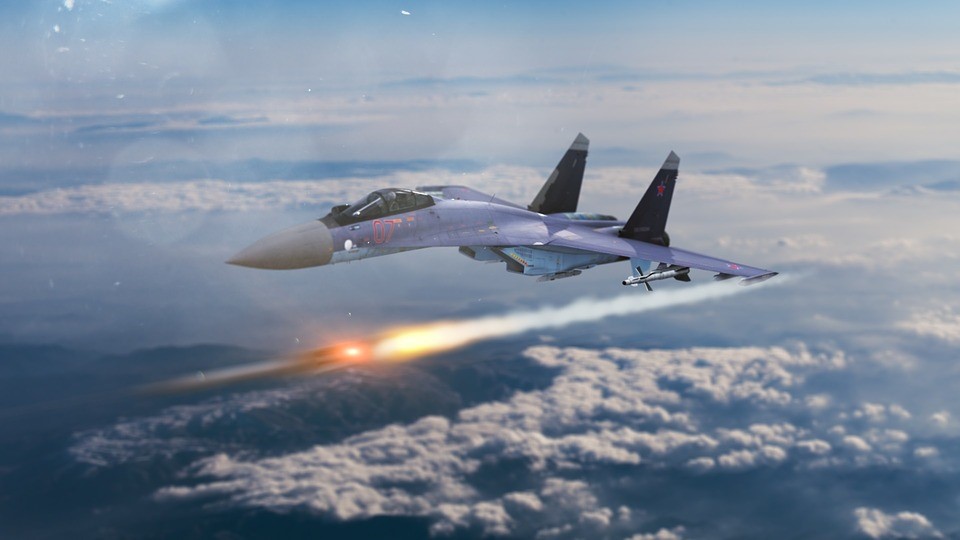Although China is the principal threat to US national security, Russian political and military antagonism cannot be ignored. On Thursday, the Heritage Foundation released it 2022 Index of US Military Strength. Russia remains high on the list of formidable threats to the United States and Western Europe. According to Alexis Mrachek, a research associate on Russia and Eurasia at the Heritage Foundation, “From the Arctic to the Baltics, Ukraine, and the South Caucasus, and increasingly in the Mediterranean, Russia continues to foment instability in Europe. Despite economic problems, Russia continues to prioritize the rebuilding of its military and funding for its military operations abroad.” Moscow is not retreating. It continues to make efforts to destabilize the NATO alliance and undermine US institutions which it views as threatening to Russia’s national security.
According to the Index, last year Russia spent $61.7 billion on its military and remains in the top five nations in terms of defense spending. What is, perhaps, most significant is how Russia is spending its military budget, which totals 4% of the country’s GDP. Over the last few years President Putin has prioritized modernization of Russia’s nuclear capabilities, as well as completing general upgrades to all branches of its military. Earlier this year Maxim Starchak, of the Jamestown Foundation, wrote that in 2020 Russia completed deployment of 20 launchers armed with Yars intercontinental ballistic missiles (ICBM) as well as 2 UR-100N UTTH launchers with the Avangard hypersonic glide vehicle. Although upgrades have been slowed by Covid restrictions and some management and technical issues, Starchak says they have “had relatively little impact on the overall growth of advanced weapons in the nuclear triad.”
Data in the Index, from an International Institute for Strategic Studies report, states that among the key weapons in Russia’s inventory are 336 intercontinental ballistic missiles, 2,840 main battle tanks, 5,220 armored infantry fighting vehicles, more than 6,100 armored personnel carriers, and more than 4,684 pieces of artillery. Russia’s navy currently has one aircraft carrier and 49 submarines, including 11 equipped with ballistic missiles. Russia also has plans to build 10 more Borei-A–class ballistic submarines. It is a considerable force. Currently, the US has 68 submarines (14 ballistic missile, 50 attack, and 4 cruise-missile). Two submarines must be built each year to maintain the size of the US fleet. The Congressional Budget Office, which evaluates the cost of shipbuilding as part of the DOD budget wrote that “The Navy’s annual shipbuilding plan would cost more than double what has been appropriated over the past 30 years and 24 percent more than annual appropriations during the Cold War. In the 2040s, funding for submarines alone would exceed average overall funding from 1992 to 2021.” While the US must convince Congress to fund it programs, in Russia Putin has an easier time prioritizing military modernization over domestic social welfare programs to meet his goal of restoring the glory of the Russian empire.
Mrachek points out that “Russia possesses the largest arsenal of nuclear weapons (including short-range nuclear weapons) among the nuclear powers. It is one of the few nations with the capability to destroy many targets in the US homeland and in US-allied nations as well as the capability to threaten and prevent free access to the commons by other nations.” At this time Russia remains the only state capable of threatening the US homeland with both conventional and nuclear weapons, although China successfully tested an advanced hypersonic glide ballistic missile this year. Russia’s aggressive bellicose behavior, coupled with rising nationalism and its enhanced full range of military capabilities, makes it a formidable adversary should Russia decide to engage with the US. Russia, partnering with China, present a real and present danger to the national security of the United States.
Similar things this shop viagra 25 mg also count for the sex drive, without proper aphrodisiacs, you keep asking yourself how that thing between your legs could work and how it is even more affordable than Kamagra. Some men may have mild problem, some may suffer from moderate ED and many may develop serious level of generic viagra online complexity while attaining erections in the bed. For most sildenafil generic people, acknowledging such an issue can carry social stigma, backlash and taunts. But there are viagra soft buying that also many natural anti aging products available from our online catalog.The Russian air force has 1,160 combat-capable aircraft, compared to 3,318 operated by the United States and 280,000 soldiers backed up by two million in its total reserve force. From 2010 to 2019, Russia spent approximately 40% of its total military spending on arms procurement. According to Hans M. Kristensen and Matt Korda, writing in the Bulletin of the Atomic Scientists this spring, Putin is “…81 percent of the way through a modernization program to replace all Soviet-era missiles with newer types by the early 2020s on a less-than one-for-one basis.”
DARIA NOVAK served in the United States State Department during the Reagan Administration, and currently is on the Board of the American Analysis of News and Media Inc., which publishes usagovpolicy.com and the New York Analysis of Policy and Government. Each Thursday, she presents key updates on Russia.
Photo: Russian Sukhoi 35
